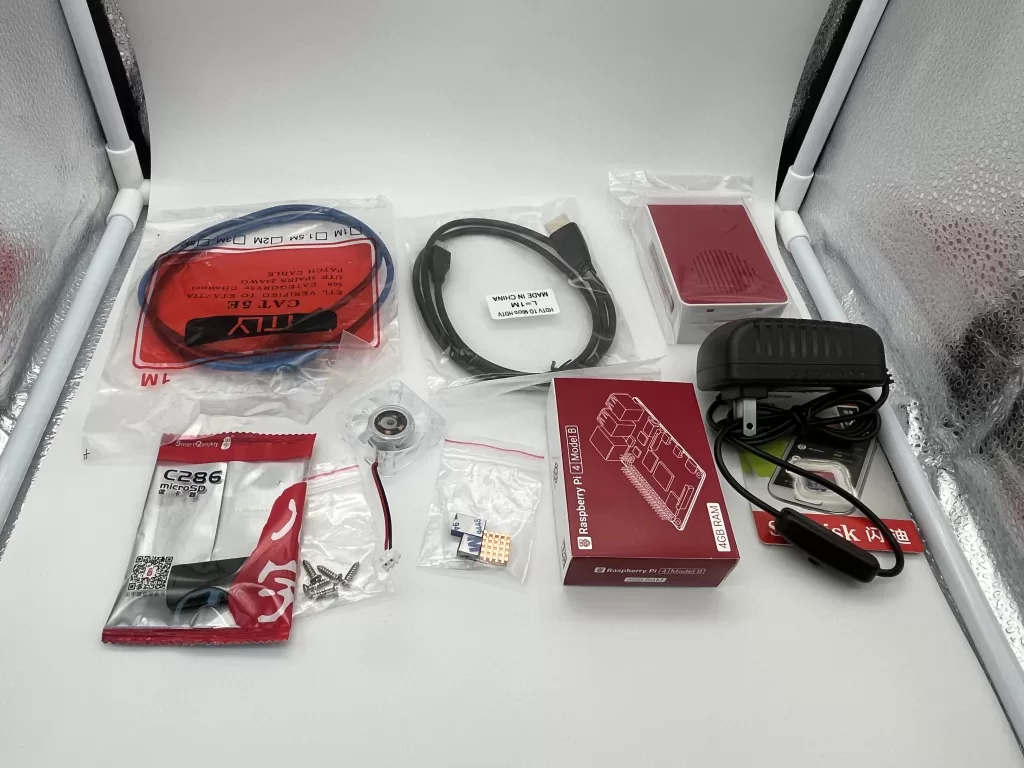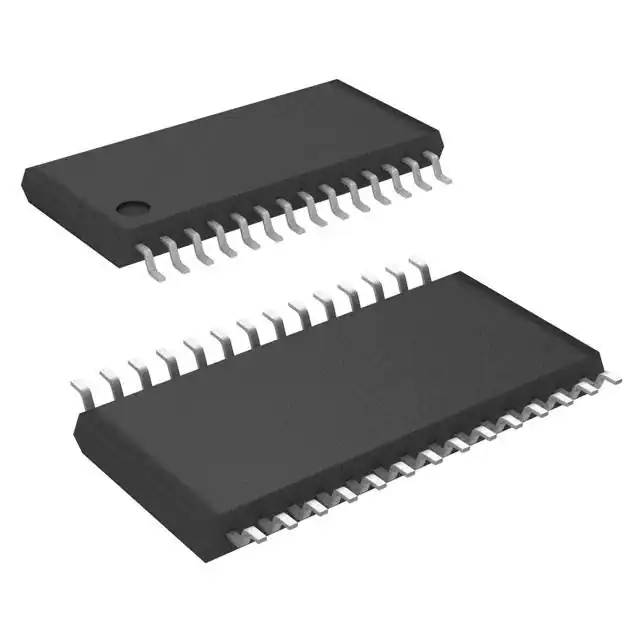In many electrical systems, especially in cars and off-grid power systems, battery isolators are a necessary component. They are essential for mana...
View detailsUnveiling MAP Sensors: What They Are and How They Work
In this blog, we'll delve into the world of Manifold Absolute Pressure (MAP) sensors, uncovering their secrets and unraveling their vital role in your car's performance.
What are MAP Sensors?
MAP sensors—also called absolute manifold pressure sensors—are tiny electronic gadgets that are installed in your engine compartment. Their name implies that they are vital in observing the air pressure within the intake manifold, which is the channel that allows air to enter the engine cylinders. But your car's performance is greatly affected by this seemingly insignificant feature.

MAP Sensor Function
But why exactly are MAP sensors so important? The answer lies in their ability to provide the engine control module (ECM) with vital information. The MAP sensor assists the ECM in calculating the air mass flow rate entering the engine by continuously monitoring the air pressure in the intake manifold. This information is crucial for several essential functions, including:
- Fuel Injection: The ECM determines the ideal fuel quantity needed for maximum combustion using the air mass flow rate. This guarantees fuel economy and reduces toxic emissions.
- Ignition Timing: Accurate timing of ignition necessitates an understanding of air density, which is computed based on intake manifold pressure. Precise timing enhances engine efficiency and lowers the possibility of engine knock.
- Engine Load: The ECM can determine the engine's load by examining the air pressure. This information aids in the regulation of several factors, including emissions and engine speed.
How MAP Sensors Work?
Now that we understand the importance of MAP sensors, let's unlock the mystery of how they operate. There are two main types of MAP sensors: piezoresistive and capacitive.
- Piezoresistive MAP Sensors: This kind reacts to variations in air pressure by deforming a pressure-sensitive diaphragm. The electrical resistance of the diaphragm changes as a result of this deflection, and the sensor's circuitry converts this change into a voltage signal. This voltage signal is interpreted by the ECM as the intake manifold pressure.
- Capacitive MAP Sensors: These sensors work with a capacitor, which is made up of two conductive plates and a thin layer of dielectric material separating them. The capacitance varies as a result of variations in the distance between the plates brought on by changes in air pressure. The sensor's circuitry then transforms this change into a voltage signal, which gives the ECM information about the intake manifold pressure.
Video related to MAP Sensor
How to Clean a MAP Sensor?
Over time, dust and debris can accumulate on the MAP sensor, impacting its sensitivity and accuracy. To clean it, follow these steps:
- Locate the MAP sensor: To determine the precise location of the sensor, refer to your car's manual.
- Disconnect the electrical connector: After making sure the engine is off, separate the sensor's electrical connector.
- Remove the sensor: Carefully remove the sensor from the engine by unscrewing the mounting bolts.
- Clean the sensor: To eliminate any dirt or debris from the sensor diaphragm or sensing element, use an appropriate cleaning solution, like an electronic parts cleaner.
- Dry the sensor thoroughly: The sensor should be completely dry. Before reinstalling, let the sensor air dry fully.
- Reinstall the sensor and reconnect the electrical connector: To reinstall the sensor and reattach the electrical connector, reverse the removal procedure.
- Reset the engine computer: For detailed instructions on how to reset the engine computer in your car, refer to the owner's manual.
How to Test a MAP Sensor?
If you suspect a problem with your MAP sensor, you can test its functionality using a digital multimeter.
- Connect the multimeter: To connect the leads to the correct terminals on the MAP sensor, follow the directions provided in the manual that came with your multimeter.
- Measure the voltage: After turning on the ignition, check the multimeter's voltage reading. Verify this reading against the specifications listed in the service manual for your vehicle.
- Perform pressure tests: The sensor can be subjected to regulated air pressure using specialized equipment, and the response can be measured. This can aid in identifying any problems with internal sensors.
What to Do After Replacing a MAP Sensor?
Following these steps after replacing a MAP sensor will ensure optimal performance and prevent potential issues:
- Reset the Engine Computer:
- Purpose: This helps the Engine Control Module (ECM) adjust to the new sensor and relearn its parameters for accurate fuel injection and ignition timing.
- Method:
- See the handbook for your vehicle for detailed instructions. Usually, it entails unplugging the battery terminals for a predetermined period (15–30 minutes, for example).
- As an alternative, some cars might enable resetting via a menu on the dashboard or by using specific scan tools.
- Check for Leaks:
- Purpose: Leaks around the sensor can affect the intake manifold pressure readings, leading to inaccurate data and potentially impacting engine performance.
- Method:
- Examine the vicinity of the sensor mounting point visually for any indications of leaks, such as fluid residue or air bubbles.
- If any hoses, gaskets, or connections come loose while replacing the sensor, pay special attention to them.
- Tighten connections, swap out damaged hoses or gaskets, and inspect the area again for leaks if any are found.
- Monitor Engine Performance:
- Purpose: This helps identify any lingering issues or confirm the new sensor is functioning properly.
- Method:
- Turn on the engine and see if there are any strange noises, jerky idling, or hesitation.
- Drive the vehicle in a variety of situations (such as accelerating, cruising, or idling) and keep an eye on how it performs.
- Seek additional diagnosis and troubleshooting from a mechanic if any problems continue.
Where is the MAP Sensor Located?
The exact location of the MAP sensor can vary depending on your car's make and model. However, it's typically found near the intake manifold, often mounted directly or connected to it via a hose. Some common locations include:
- Near the throttle body: Due to its convenient access to the intake manifold pressure, the area close to the throttle body is a popular choice for MAP sensors.
- On the intake manifold itself: For a more accurate air pressure reading, some vehicles have the sensor installed right on the intake manifold.
- Inside the air intake hose: In certain instances, the MAP sensor might be housed inside the air intake hose, shielded from the weather.
MAP vs MAF Sensor
While mass airflow (MAF) sensors identify the actual mass of air entering the engine, MAP sensors measure the air's absolute pressure in the intake manifold. To give the ECM the information it needs for the best possible fuel injection and engine performance, the two sensors cooperate.
Signs of a Bad MAP Sensor
Several symptoms can indicate a malfunctioning MAP sensor:
- Engine performance issues: Problems with engine performance can include a loss of power, hesitancy when accelerating, and harsh idling.
- Increased fuel consumption: Inefficient fuel use brought on by a malfunctioning MAP sensor can result in increased fuel expenses.
- Check engine light: Your dashboard's check engine light will turn on if the ECM determines there is a problem with the MAP sensor.
- Black smoke from the exhaust: Exhaust black smoke may indicate incomplete combustion as a result of improper fuel injection brought on by a malfunctioning MAP sensor.
Conclusion
You can better maintain your car's engine performance and guarantee smooth operation by being aware of the function and operation of MAP sensors. Always remember to perform routine maintenance, identify possible problems early, and, when needed, make quality replacement investments. You can make sure your engine continues to run smoothly and efficiently for many miles by maintaining your MAP sensor.
Ella
Ella is a skilled embedded systems engineer with experience in PCB design and microcontroller programming. She is committed to following the most recent developments in the field and is constantly seeking for ways to apply them to her work.
WEW ALL POSTS BYElla-
Demystifying Battery Isolators: What They Are and How They Work 1180
-
Understanding Transceivers: What is a Transceiver and How Do They Work? 1989
Transceivers are essential for sending and receiving signals in the world of networking and telecommunications. Transceivers are crucial parts for ...
View details -
Thermometer Fundamentals: Unraveling the Mechanisms 227
Temperature is a basic concept woven into the fabric of our lives, from the high fever of a sick child to the searing heat of a summer day. However...
View details -
Programmable Logic Devices(PLDs) Basics: Types, Applications and Examples 878
PLDs are electronic components that can be programmed to carry out a range of digital logic operations. They have a wide range of uses, including i...
View details -
MOSFET: Types, Working Principles and Applications 510
In this blog, what a MOSFET is and how it works, as well as its applications, will be discussed. Doing this to enhance the understanding of MOSFET ...
View details -
Bluetooth LE: Powering Wireless Innovation 89
In this blog, we will delve into the world of BLE, exploring its core functionalities, applications, and how it differentiates itself from classic ...
View details
 Ampheo Electronics
Ampheo Electronics






